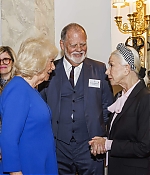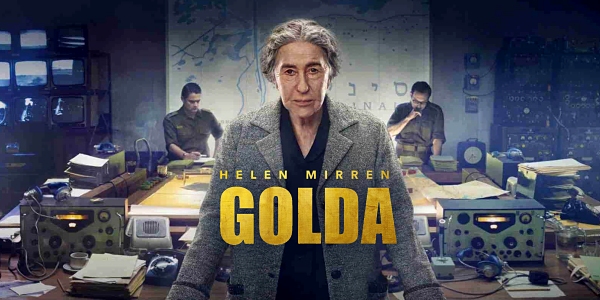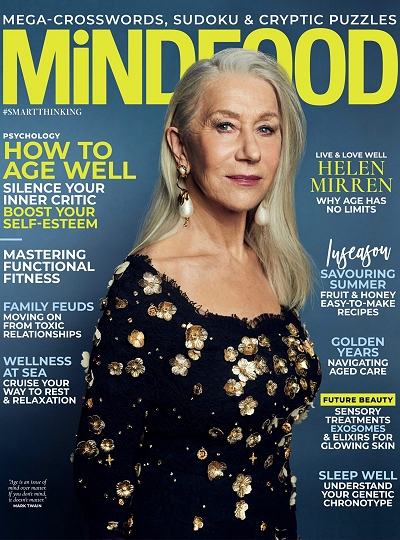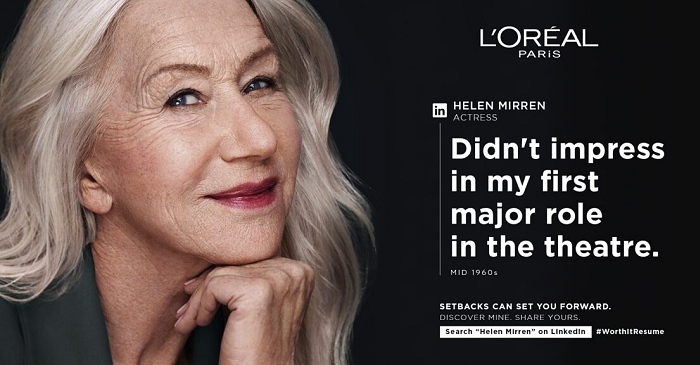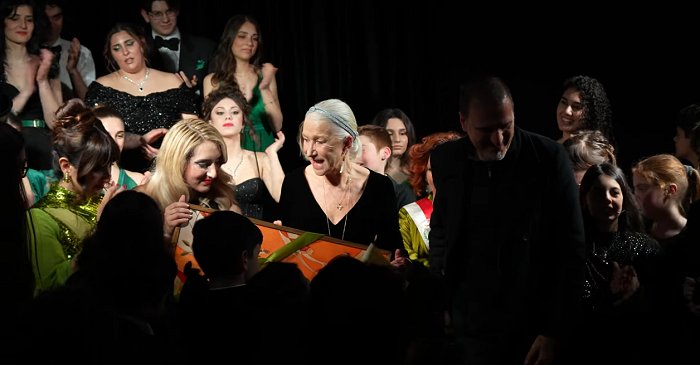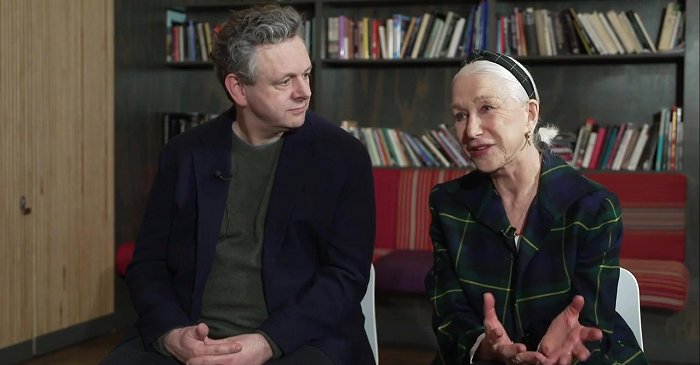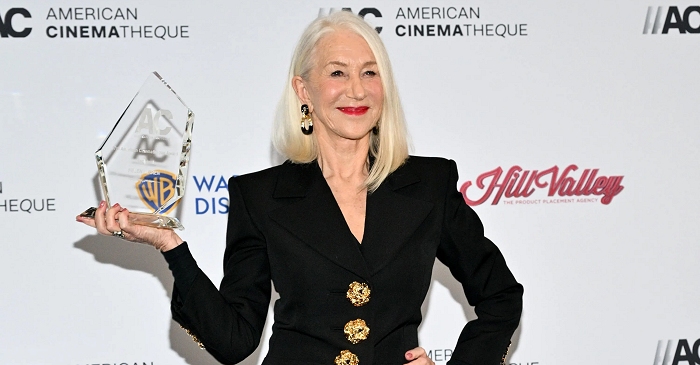
|
Welcome to The Helen Mirren Archives, your premiere web resource on the British actress. Best known for her performances with the Royal Shakespeare Company, "Prime
Suspect" and her Oscar-winning role in "The Queen", Helen Mirren is one of the world's most eminent actors today. This unofficial fansite provides you with all latest
news, photos and videos on her past and present projects. Enjoy your stay.
|
Celebrating
10 years
on the web
|
Some Mothers Son
September 13, 1996
| Castle Rock Pictures
| 112 minutes
|

Production Notes
In “Some Mother’s Son”, Helen Mirren plays an Irish mother who tries to stop the 1981 hunger strike that threatens to claim the lives of 21 Irish revolutionaries serving time in a British prison. “The script was sent to me two or three years ago by the writer. It interested me, but at that time, there was a lot of IRA violence going on in England. Profoundly innocent people were dying in shopping centers. Bombs were being exploded. I didn’t feel inclined to do anything that might be seen as perpetuating the myth of heroism in that kind of organization. But with the peace process, I felt people would be able to look more objectively at this moment as a crucial turning point in Irish history. Historically, the Irish have used the hunger strike as one of their political weapons. This concept of starving to death has been imprinted within the Irish psyche somehow. I think it has to do with some sort of psychic memory of the famine.” Mirren admits she owes a great deal to the success of “Prime Suspect”. On the strength of the show’s popularity, she was able to convince Castle Rock Pictures to produce “Some Mother’s Son”, with Mirren taking seat as associate producer. “The main characters are fictional, but the events are historically accurate,” says George. “During the hunger strike, twenty-one Irish mothers were faced with the dilemma portrayed in this film. Ten of those mothers watched their sons die slowly and painfully, their hands tied by their own promises not to intervene and break the protest. Other mothers chose to ignore their sons wishes and save their lives.” Telling the story “through the mother’s eyes” says George,” was a way to explain the larger canvas of the hunger strikes in a universal way.”
It’s neither sympathetic, nor unsympathetic, I hope, because I don’t want it to be seen as a polemical piece, particularly. I think it’s sympathetic to all people who feel that in order to achieve economic and political freedom they have to fight a war. At the same time, it questions the methods that are used, the price that has to be paid by families. This story is not about the horrible bad colonialists against the poor, innocent, struggling, suffering Irish. I would see it more as a piece about the war between the sexes, rather than a war between two countries. Men go to war and women pay the price, for example – and children and old people. Often people engage in war without really thinking of the price that the people they are supposedly fighting for are going to have to pay. It’s done out of a kind of maybe foolish, maybe noble sense of martyrdom, or of history or of fighting for what is right. Actually, all around you, your loved ones are paying the price for your sense of nobility. (Helen Mirren)
As Mirren recalled in her book, “the film was planned and executed during the peace process of 1994, when it seemed that peace would be at least possible in the North. I would not have contemplated doing that film a few years earlier. By the time the film was finished, however, we were back to the times of suspicion, bias and bigotry, with the peace process destroyed by two acts of terrorism: the bomb that went off in Canary Wharf and then, later that year, the outrage and cowardly cruelty that was the bombing of Manchester city centre. I think the Los Angeles-based producers had no idea what a potentially hot potato this film might be in Britain and Ireland”. For many in Northern Ireland, the hunger strike is still very much alive within the community. It’s still talked about with awe and fear. “It’s a subject that’s still extremely raw in Northern Ireland,” Terry George explains. “Anything to do with the Troubles is contemporary and almost subversive or secretive. The hunger strike touched so many raw nerves among different sectors of the community. The Protestant and law enforcement community in Northern Ireland felt that these people had been glorified and turned into heroes, while people who had died in their community were basically forgotten about. So they felt some sort of hypocrisy and injustice about it. On the Nationalist side, the question of whether the sacrifice was worth it or not and what was the point of the hunger strike is still a very painful and perhaps an unanswered question.” Because of that, it was a sensitive subject to take on as a first time director. But George felt the risks were worth it. “I could compensate for my inexperience, by my knowledge of the story, and also the surety that it was huge drama.
“Some Mother’s Son” was screened in the Un Certain Regard section at the 1996 Cannes Film Festival and was also shown at the Toronto Film Festival the same year. The film released US theaters in December 1996 and British theaters in January 1997. Critics would argue mostly in their reviews what side the film takes, something that Mirren encountered while promoting the film. “I had some sticky moments promoting it. The worst of these was when, after I had been persuaded to appear on the Today programme, the interviewer started off by saying, ‘So why did you make a film that condolences acts of terrorism?’ My mouth went dry. She hadn’t seen the film, of course. It was the first time I had personally experienced the battle between creativity and the accepted political posture of the moment”. Entertainment Weekly, although giving it a favorable rating, called the film “admirably high-minded and depressing as hell”. Variety’s Todd McCarthy wrote, “the pic has a vivid, realistic feel due to the location shooting, but George’s direction is pretty cut and dried, devoted mostly to getting information across in the most straightforward manner possible. The result isn’t dull, exactly, but nothing that happens is terribly surprising, either.
Review ★★★★☆
I didn’t know very much about the Irish conflicts back when I watched “Some Mother’s Son” for the first time, so I’m sure it has helped me not to think about what side the film might take and simply watch it unprejudiced. It didn’t miss its impact. It is, of course, a political film, and many characters are introduced to express their point of views. The film is not only about the mothers and sons, but also about the daughters (one who leaves the country, the other idolizing her brother), as well as the neighbors, priests and school principals. Some might feel a bit wooden in the beginning, as I thought Fionula Flanagan’s portrayal was quite hammy to begin with. But as the film moves on, the main characters are able to develop, and both Mirren and Flanagan get a chance to work with the rich and layered performances they have, up to the very moving ending. Without spoiling too much, if any critic might have felt that the film is dry because of its dialogue or slow-paced scenes, the final hospital scene goes straight to the heart and delivers magnificent acting by Mirren. Very recommended.

